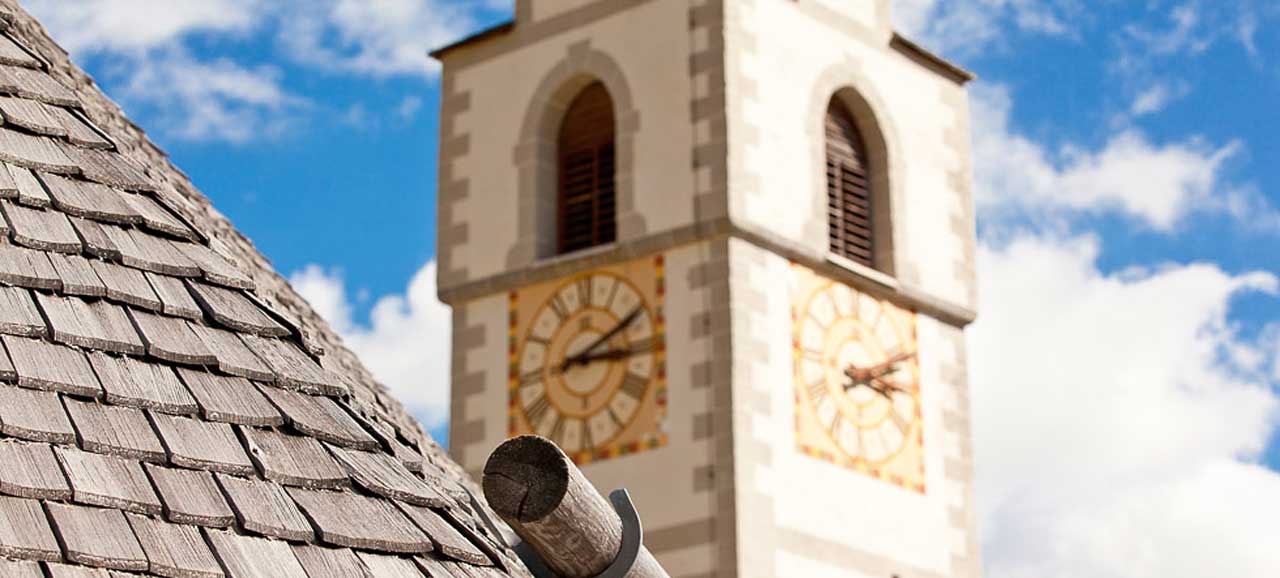San Martino in Badia
The community of San Martino in Badia comprises an area of 76 km² with altitudes of between 1115 m and 1515 m above sea level. Hamlets of San Martino are Piccolino, Longiarù and Antermoia.
The main village San Martino, in Ladin San Martin de Tor, is located at 1127 m above sea level and is regarded as the cultural centre of Val Badia, since the Ladin Museum "Museum Ladin Ćiastel de Tor" and the Ladin Culture Institute "Micurà de Rü" are located here.

San Martino in Badia is located amidst imposing Dolomite peaks and not far from the Puez-Odle Nature Park. The "Piculin" cable cars connect the village with the Plan de Corones ski resort, and a shuttle service connects it to the Alta Badia ski resort.
Piccolino is located at 1118 m above sea level on the right side of the valley. The village is surrounded by Putia Mountain and Sasso della Croce. In this mountain village you can visit the so-called Maier House, "Ćiasa dl Maier",dating back to 1650. Important people who were involved in iron processing used to stay in this house. Furthermore, you can visit the small S. Antonio Church with renaissance altars and "Ćiastel Freieck" above the church, an old inn, which was later used as an old peoples' home.
Campill, a picturesque traditional mountain village at an altitude of 1398 m enjoys a quiet position in unspoiled nature at the edge of the Puez-Odle Nature Park. In this part of the village with its genuine and traditional character, the past comes back to life. The village is characterised by typical hamlets of this region, the so-called Viles, and the Mills Valley with several water mills, some of which are still in operation.
Antermoia at 1515 m above sea level is the highest hamlet of the community. From Passo delle Erbe, which is very popular amongst motorbikers, you enjoy a splendid view of this enchanting village. In winter you find a cross-country track and a toboggan run leading from the mountain pass all the way to Antermoia. Antermoia is also known for its medicinal water source Bad Valdander, the so-called farmers' bath, which is located in a narrow side valley rich in vegetation. The bath was established in 1820. The therapeutic characteristics of the source water had however been known and used long before this.















